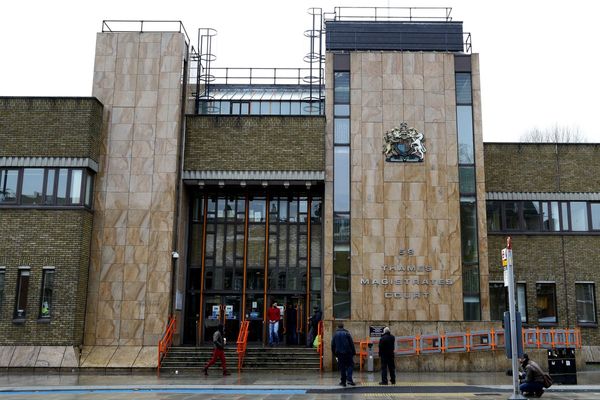
Australians battling cost-of-living pressures and high interest rates could see some green shoots on the inflation front amid expectations of falling prices.
The Australian Bureau of Statistics will on Wednesday publish the consumer price index for April.
Although the measure does not capture all price impacts - unlike the quarterly inflation report - it does point the way to how goods inflation is performing.
"While there is limited coverage of the services sector, the inflation reading is one of the timelier measures of inflation pressures," CommSec economists said in a client note.
But trading could be light before public holidays in the US and UK on Monday, when markets will be closed.4 per cent in April, from 3.5 per cent in March.
The outcome is expected to be raised with the Reserve Bank of Australia's assistant governor for economics, Sarah Hunter, when she speaks at a conference in Sydney on Thursday.
The central bank's next meeting on interest rates will not be held until June 17-18, but its board has signalled it's still concerned about the pace of inflation, which remains outside its preferred two per cent to three per cent target band.

Federal Treasurer Jim Chalmers expects inflation will fall back into that band by the end of this calendar year, following new measures in the 2024/25 budget that he says will put downward pressure on prices.
This includes a $300 energy bill rebate for households, which comes into effect from July 1.
But at its last meeting in May, the central bank board said while annual inflation had eased in the March quarter, the "pace of disinflation had slowed", implying that it stands ready to raise interest rates again if necessary.
The bank's key cash interest rate is at 4.35 per cent, compared with 0.35 per cent in May 2022, when it began the current monetary policy tightening cycle after inflation peaked at 7.8 per cent in December 2022.
Other key economic data due this week includes Australian Bureau of Statistics retail trade numbers for April on Tuesday and building approvals for April on Thursday.
March quarter numbers for construction work and private capital expenditure, which will feed into the next quarterly economic growth report due on June 5, are also due this week.
Meanwhile, the Australian share market is expected to open higher on Monday, after Wall Street rebounded on Friday on news of an improved consumer outlook on inflation.
The University of Michigan reported that consumers' expectations improved in late May, signalling more people now think US inflation is falling.
The US Dow Jones Industrial Average rose 4.33 points, or 0.01 per cent, to 39,069.59. The S&P500 gained 36.88 points, or 0.70 per cent, at 5,304.72 and the Nasdaq Composite advanced 184.76 points, or 1.10 per cent, to 16,920.79.
During weekend trading, the main ASX SPI200 index futures contract rose 47 points to 7798, setting the scene for a stronger start to trading on Monday.
But trading could be light before public holidays in the US and UK on Monday, when markets will be closed.
On Friday, the Australian bourse ended down, with the benchmark S&P/ASX200 index falling 84.2 points, or 1.08 per cent, at 7,727.6, while the broader All Ordinaries dropped 83.9 points, or 1.04 per cent, to 7,999.2.







